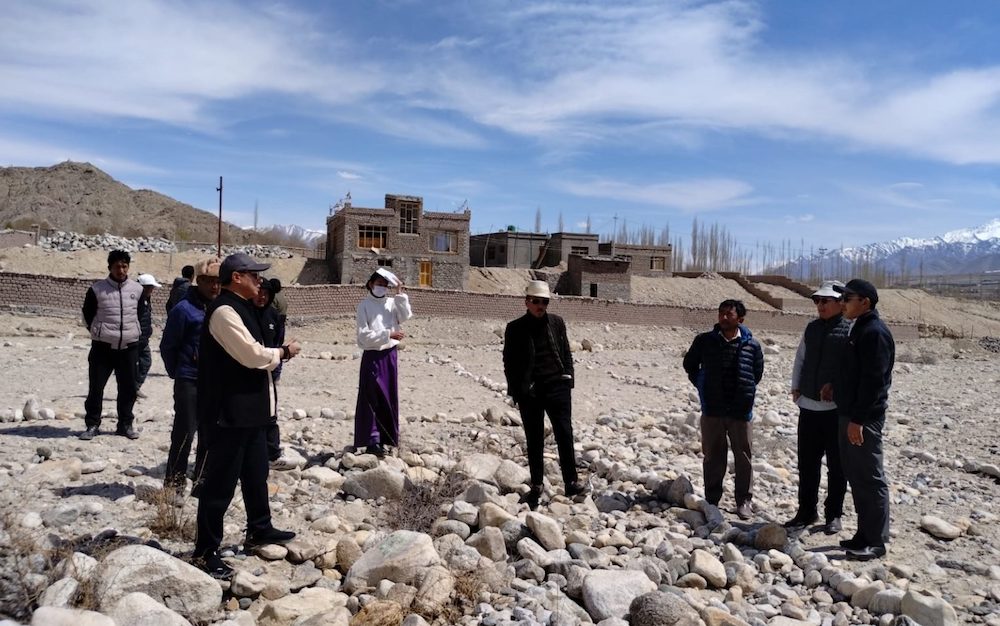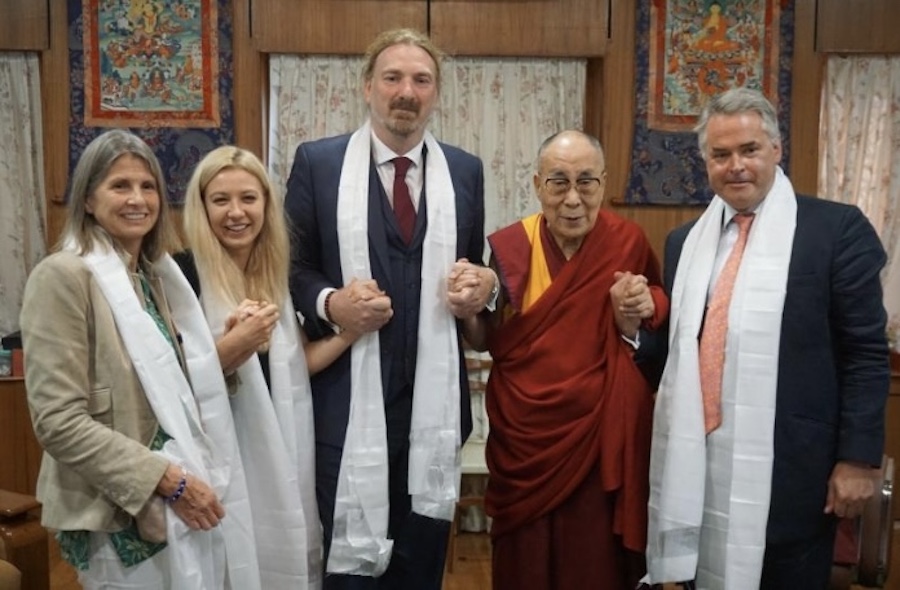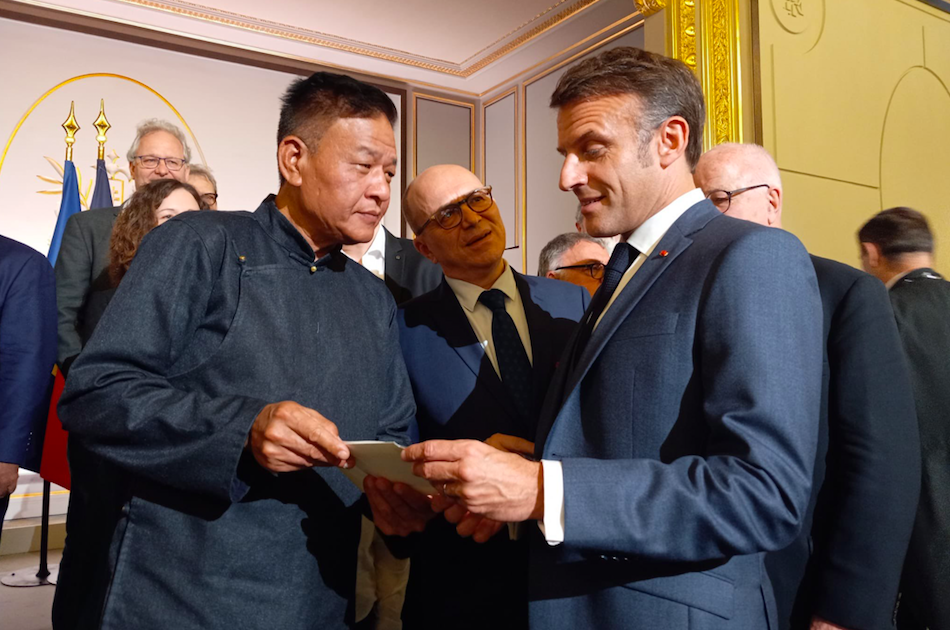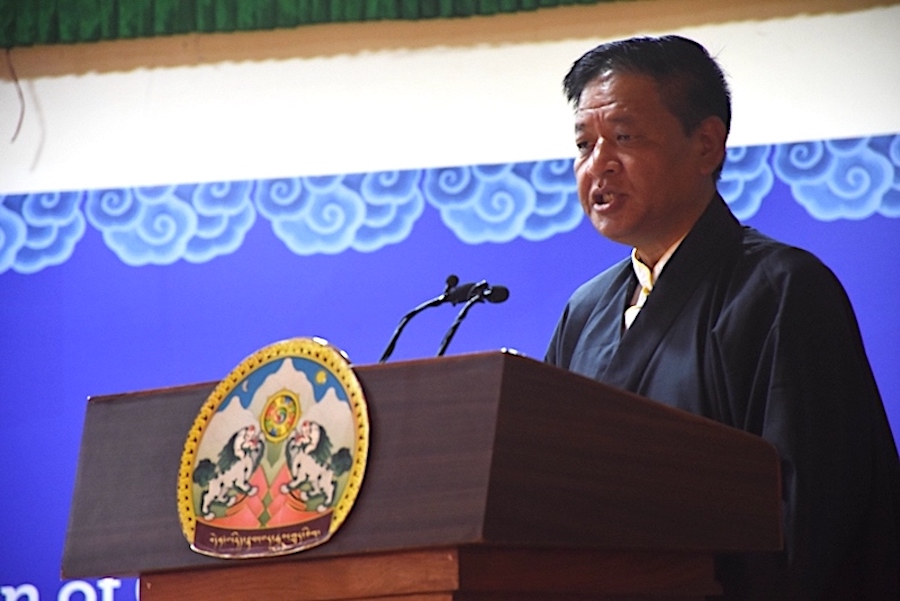Craig Kielburger
Four layers of clothing, including my Canadian-strength, winter jacket, couldn’t hinder the cold midnight air in the mountains of Dharamsala, India.
Earlier that day, I savoured the view on the ascent. My taxi drove winding roads above billowing clouds until they resembled ocean as opposed to sky. Now, the brain-numbing, high-altitude cold rendered the view a foggy memory.
His Holiness the Dalai Lama calls Dharamsala home. It isn’t the “rooftop of the world” that Tibet is. But, you could’ve fooled me.
Dharamsala is like a mountain stronghold against Beijing’s oppression of Tibetan culture. The Dalai Lama and thousands of followers fled China 50 years ago. Today, they use “Little Lhasa” to keep their culture alive with a thriving tourist industry built on the back of their leader.
In the morning, I would have a meeting with His Holiness at his house to update him on the impact of the We Day he attended in 2009. But, this was a first for me. I’ve seen the Dalai Lama speak in North American stadiums before, but never in his home.
Needing sleep, I stumbled to front desk and asked they turn on the heat. The simple, Tibetan-run guest house had none. Instead, they offered an electric unit I plugged in. Slightly warmer, I drifted off.
In November, His Holiness announced he was thinking of retirement. That brought the spiritual leader’s age to the forefront.
The 75-year-old is in good health. But, according to Tibetan Buddhism, when he dies, he will be reincarnated into his successor. China wants a lead role in finding that reincarnate child. Most Tibetans fear Beijing will turn the successor into a puppet.
His Holiness hasn’t been forthcoming on the subject. He’s mentioned not reincarnating at all, or maybe outside of Tibet to thwart the Chinese government. Either way, under the best circumstances, it would be years before a reincarnate child grew old enough to replicate the current leader.
The future of the Tibetan culture is uncertain. But, in Dharamsala, His Holiness is putting up a fight.
In the morning, I left my frigid room and I noticed taped in the lobby the Dalai Lama’s travel schedule, for visitors to peruse. He’s not here often (he travels nine months of the year), but his jubilant face watches the room through a framed photo.
A pacifist, the Dalai Lama fights for Tibet by spreading his message worldwide – and to the thousands of tourists who flock to Dharamsala each year.
I ventured into town where prayer flags line the roadways and Tibetan-run souvenir stalls welcome western backpackers. Most make their way to the Dalai Lama’s compound to walk the kora, a meditative path circling His Holiness’ home.
Each step is lined by prayer wheels and mani stones painted in rich reds, blues and greens. They are carved with the words of Buddhist prayers that monks in traditional robes and elderly citizens, chant as they meander along.
At the door of the Dalai Lama’s home, I met up with two translators who would accompany me to the meeting. We prepared for the elaborate security check, and watched as two Americans who thought they could just stop by for a visit were turned away.
The Dalai Lama is welcoming, but repeated death threats have his Indian security on edge.
The compound was simple. As I was moved through three waiting rooms, I noticed no paintings, gifts from world leaders, or hand towels marked with “HH” – just stacks of books and another cold draft.
No wonder His Holiness entered the room sniffling.
The translators and I bowed and I opened my laptop to show him some photos. He waved it away, opting instead to read print instead.
I was nervous in the home, but His Holiness was more comfortable than I had ever seen. His infectious laugh was present, but in his native language, he articulated his complex ideas more easily.
After dealing with business, he turned to the translators to talk science.
Now more a fly on the wall, I listened as they discussed studies from American neuroscientists examining changes in the brain’s neurons during mediation. This left me in the dark, but the marriage of soft power and science in Dharamsala spoke more candidly of the Dalai Lama’s legacy than he ever had.
His Holiness is the leader of the Tibetan struggle. Realistically, his culture could wither without him.
But, when he’s infiltrating Western society on bestsellers lists and the secular world with scientific studies, the Dalai Lama is building a prominence that will live on after his death. By strengthening his community’s economic and cultural currency, he’s giving his people a fighting chance at survival.
They might lose, but Dharamsala won’t fade easily.









